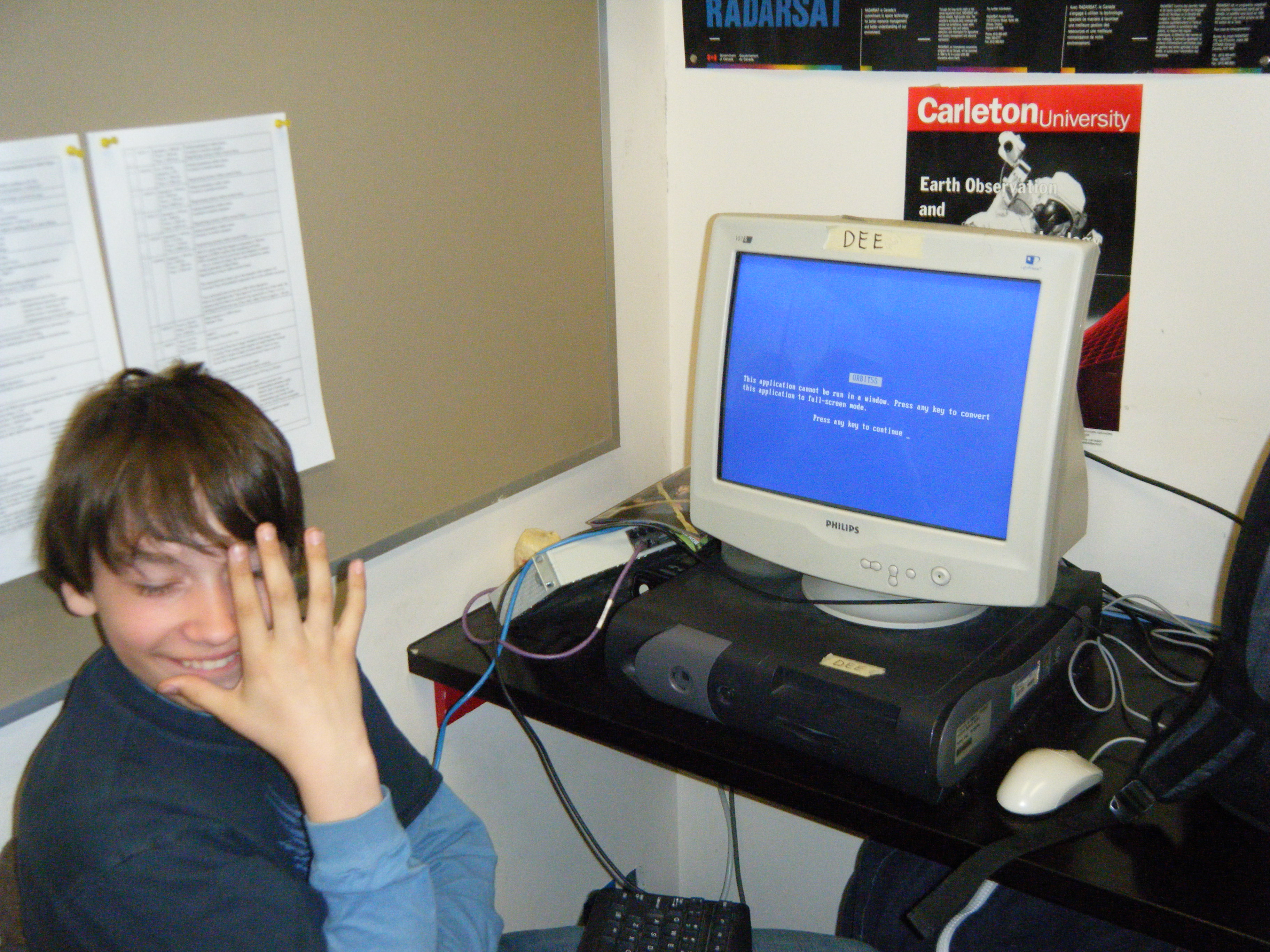Difference between revisions of "Spacesim Hat of Love"
From OCE Space Simulation
(appended) |
m |
||
| (2 intermediate revisions by 2 users not shown) | |||
| Line 1: | Line 1: | ||
| − | The '''Spacesim Hat of Love''' is an interesting object-based phenomenon discovered by a group of junior Spacesim members at Ottawa Tech. It seems to instill feelings of intense infatuation in young males for random objects and people when placed upon their heads. In some cases narcissism was also induced. The hat is a funnel and shaped rather like the Tin Man's from [http://en.wikipedia.org/wiki/The_Wizard_of_Oz_%281939_film%29 The Wizard of Oz] and made of black plastic. Further research into its effects on females is currently being conducted. | + | {{pic}} |
| + | |||
| + | {{Lore}} | ||
| + | The '''Spacesim Hat of Love''' is an interesting object-based phenomenon discovered by a group of junior Spacesim members at [[Ottawa Tech]] in [[2007-08]]. It seems to instill feelings of intense infatuation in young males for random objects and people when placed upon their heads. In some cases narcissism was also induced. The hat is a funnel and shaped rather like the Tin Man's from [http://en.wikipedia.org/wiki/The_Wizard_of_Oz_%281939_film%29 The Wizard of Oz] and made of black plastic. Further research into its effects on females is currently being conducted. | ||
| + | |||
| + | It was rediscovered by [[Max Jeffcott]] in [[2009-10]]. | ||
Latest revision as of 14:45, 15 October 2010
|
This article is about Space Sim Lore. It contains anecdotes or Spacesim mythology. |
The Spacesim Hat of Love is an interesting object-based phenomenon discovered by a group of junior Spacesim members at Ottawa Tech in 2007-08. It seems to instill feelings of intense infatuation in young males for random objects and people when placed upon their heads. In some cases narcissism was also induced. The hat is a funnel and shaped rather like the Tin Man's from The Wizard of Oz and made of black plastic. Further research into its effects on females is currently being conducted.
It was rediscovered by Max Jeffcott in 2009-10.
